Faura Progress Update #15
Covering New Ground pt 2
Hello everyone! Welcome to part two of “covering new ground.” For those of you who are new here, my name is Valkyrie and my cofounder Amanda and I run a company called Faura. We’re currently exploring a lot of different avenues, have two pilot programs running in Napa Valley, and are cracking down on the fundamentals of wildfire prevention. If that sounds interesting to you, give us a follow. :))
Last time, we discussed how there was one big thing staring us in the face that we continuously ignored: cost. Cost is and has always been the biggest prohibiting factor in wildfire prevention, and we know this because we’ve seen it: we’ve done countless user interviews, homeowner Q&As, worked with Napa Firewise on their defensible space grant team, and even seen first hand how expensive this work comes out to when working on our pilots. And it’s so bizarre to us that this is still an issue.
The government budget for wildfires was $3.8B dollars for 2022-23.) and of that budget, $3.3B dollars were spent on suppression and wildfire protection. CalFire alone has had over $113M dollars in grant funding allocated to their local Forest and Resiliency projects for wildfire prevention this year. And yet, depending on where you read, we still have anywhere from 16 to 30 million Americans at risk of wildfire and that number has only continued to increase.
This sounds backward, right? Even though there’s significantly less money going into wildfire prevention than suppression, there’s still a lot of money being put into the space to reduce risk. There are also a lot of people that could use the help in reducing that risk and people that are willing to do the work for their community. So, what’s missing? We have all the pieces: money, people, need. We just need something to tie them all together.
Enter Faura. This whole time, we’ve been under the impression that we’ve needed to create some new solution - a new method of risk analysis, a new method of collaboration, a new way to speak to the people about prevention - while all of those things are important, we realized that we need to do something different that addresses the system rather than one part of the system.
Let’s back up a bit and talk about a company you all may have heard of - Kayak. Kayak is inherently a travel company and they aggregate flights, hotels, and other rentals together for the user to compare prices: the search engine for travel. The story is actually quite interesting, with the two founders Paul English and Steve Hafner beginning with a problem: people are browsing on Orbitz but booking directly with airlines. So they created Kayak, with the goal of monetizing the traffic instead of the booking. They landed a partnership with Orbitz and got paid for every user they sent over to the site. “Search with us, book with Orbitz.”
But the interesting thing is that they didn’t stop with aggregators like Orbitz, they went directly to the airlines themselves with the leverage. Paul would discuss how Kayak was helping to book American Airline flights, they would ask how, he would say they were directed to Orbitz, and the airline would figure, “I’d rather pay you directly to advertise our tickets.” And so a beautiful business model was formed and Kayak was able to get paid by travel suppliers, travel agencies, and direct airlines. All they needed was a thin UI layer and clever partnerships to monetize an already existing system. You can read more about this entire breakdown here.
So, why are we talking about this here? Well, we can apply a lot of the same principles that Kayak has applied with travel as with natural disaster prevention and preparation. The current process for prevention is convoluted, messy, and dangerously slow, much like Expedia was when Kayak first came on the scene trying to revolutionize it. Let me paint a picture for you:
Bob is a homeowner and lives in a high-risk wildfire zone. He goes online to mailing lists, the county site, local firewise communities, his road association, and Nextdoor to figure out what he has to do. He gets a lot of responses but ultimately schedules an inspection with the fire marshall, who comes down a week or two later to inspect his property.
Afterward, he gives him recommendations of what to do and Bob goes back online to look at contractors but doesn’t have a) priority of what needs to be done, b) a budget or idea of what a budget should be, and c) no idea of a timeline. He calls up a bunch of contractors to inspect the property, they all come out at different times weeks later when Bob has already forgotten about it, and then he has all this information about pricing and timeline and schedules and why Carol left him and gets decision paralysis. He leaves the work until the last minute, scrambles to protect himself, and his property is now in an extreme fire zone and is likely to burn up this summer.
There are so many parts of this system that are time-intensive, and as someone who had to learn all of this from scratch six months ago, it’s a lot of information you have to weed through to even come close to understanding how to protect your home. There are Fire Safe councils to aid you in the process and you can always get more opinions, but the bottom line is that this system prevents millions of people every year from getting the prep work done before they burn up. We want to rebuild the system like Kayak, but not with a new step in the process; they became the final piece of the puzzle that linked them all together.
So, let’s break it down piece by piece, shall we?
ASSESSMENTS
The first piece of the puzzle is assessments. They take way too long and don’t offer the homeowner actionable feedback by priority. They’re also a big piece of confirming representation for insurance companies, meaning high-risk coverages are required to inspect the property before closing and can cancel a policy on your house if they deem the inspection “represented” something different than in the initial quote process.
Our solution here is to provide a digital assessment to every homeowner living in a high-risk area trying to mitigate their risk. That means they could be trying to qualify for insurance, just trying to get a general scope of their fire risk score, or have to comply with new regulations; whatever it is, the assessment would be used to calculate potential areas of improvement and connect them to resources and funding opportunities within their county or region. Something we’re excited about that we still need to qualify is in addition to providing digital assessments to homeowners, we could provide white-label digital assessments that factor into quoting premiums for various insurance companies, specifically E&S, as well as fire departments and local governments to help with the inspection loads they receive every year. That means creating a software embed or extra step after binding that replaces the in-person inspections, tailored to the natural risk policyholders face.
Insurance companies are still doing in-person inspections for the majority of their policies. The process goes something like this: a person completes a survey, they get their quote, they sign, and within a 30-day timeframe an inspector comes to check out their house and verify what they said was accurate; boom, they have insurance. But with increasingly more advanced technology and insurance margins slowly thinning due to natural disaster risk and payouts, we should be aiding not just the policyholder in protecting themselves but the insurance company in reducing friction between survey and closing.
METASEARCH ENGINE
We touched on Kayak being “the Google of travel” earlier in the read and it hooked us: monetize the traffic and not the actual thing being sold. And that’s exactly the kind of thing we need to embed into wildfire prevention and natural disaster risk prevention as a whole. More and more people are searching for what to do about wildfire risk in their area, but we haven’t iterated on that system at all. Normally, homeowners will search in mailing lists and on Google, call up a few contractors, maybe go on sites like Angie’s List, and ultimately go with one of the cheapest and/or most reviewed options. With travel, reviews were less of an issue and it was more of a cost to amenities deal. But a similar process applies: people search through mailing lists and gig-economy sites but book directly.
The goal here would be to create a super niche audience at first: people who are at risk for wildfire and need defensible space work. From there, we have a small but very targeted niche that we can a) run ads for and b) work with contracting agencies and direct contractors on. We can connect people, based on their assessment, to a niche group of contractors or contracting agencies that specializes in dspace and get paid for referrals. We’d essentially like to become “the search engine of wildfire prevention.”
ADS AND API
We also recognize the importance of community and leveraging tech for governments and local nonprofits. Our goal is, in addition to running ads on our platform (simple and straightforward), to provide a database for governments and local organizations to use for firefighting data, mitigation info, and to track who has effective defensible space. That information is especially important in wildfire situations, where firefighters have to determine whose house is possible to save and where they are able to access water, stable ground, and ground that’s been mitigated.
And that’s everything we’ve been thinking about. This whole time, we’ve been trying to build something completely new instead of finding something to interlace all the existing infrastructure and we’re really excited to get further validation and input from consumers on this idea. And maybe it’s not exactly like we’ve laid it out here but the main parts are still alive and active and need to be connected: money, contractors, homeowners, insurance. We want to iron in options for financing in the future and maybe that’s a part of the metasearch engine model. We’d like to include grant funding as well, especially when programs are well-funded and could help a lot of people in the community like with Napa Firewise.
We are currently building a prototype self inspection tool (mockup below) that is in need of beta testers! Fill out this form to be added to the list. We have one other request though: if anyone knows carriers or E&S insurance agents or individuals within contracting agencies, we’d love to speak with them! We are currently doing customer interviews and working on getting LOIs from insurance companies and contracting agencies. Reach out to us at valkyrie@faura.us.
We’re also building in public with buildspace! Buildspace is a virtual program that includes a community of people from all around the world trying to build whatever they can in six weeks. We’ve found that the structure is going to be really good for moving things forward and are thrilled about the movement so far.
We will continue to update everyone on the state of our pilots, grant funding, and further exploration in the coming weeks! If you enjoyed this newsletter, feel free to subscribe or share. Stay safe! :)


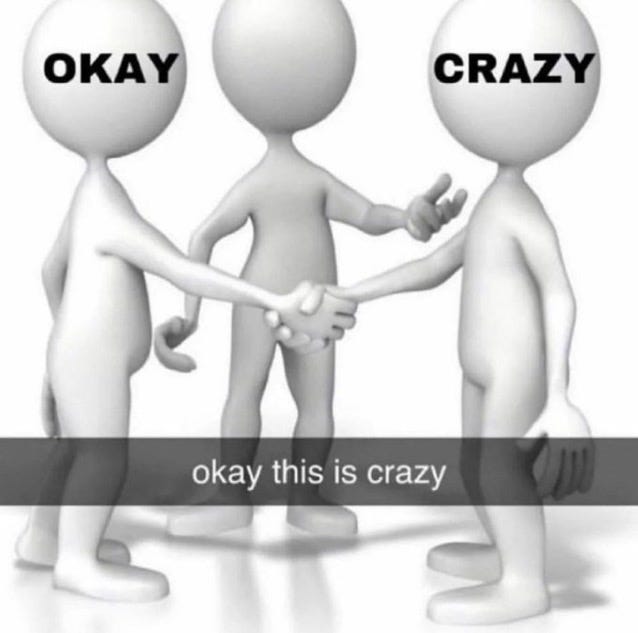

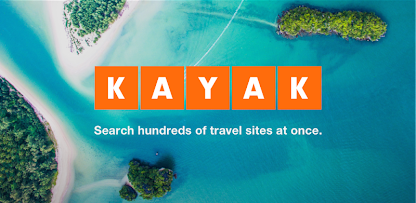
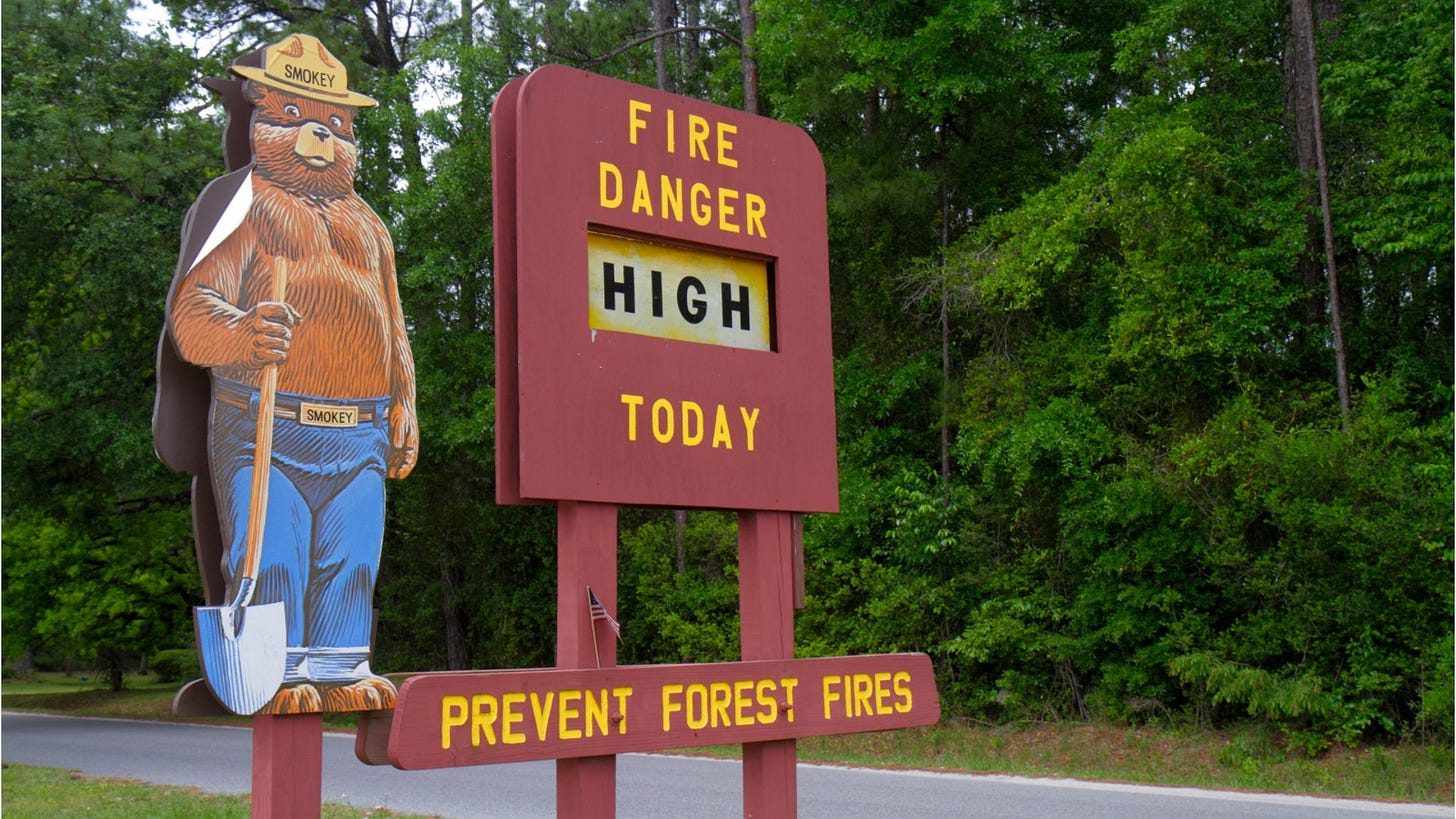
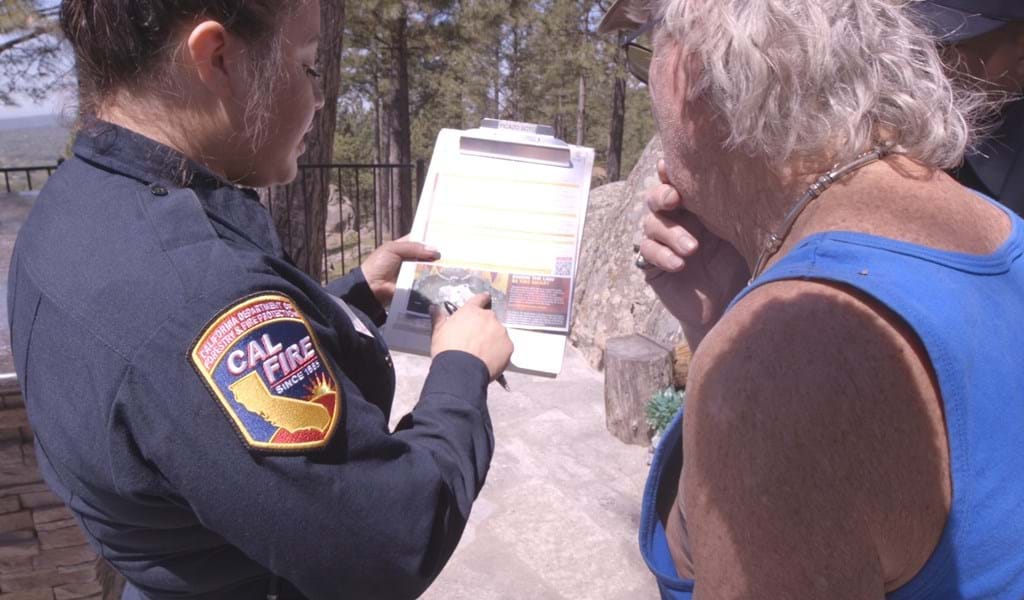
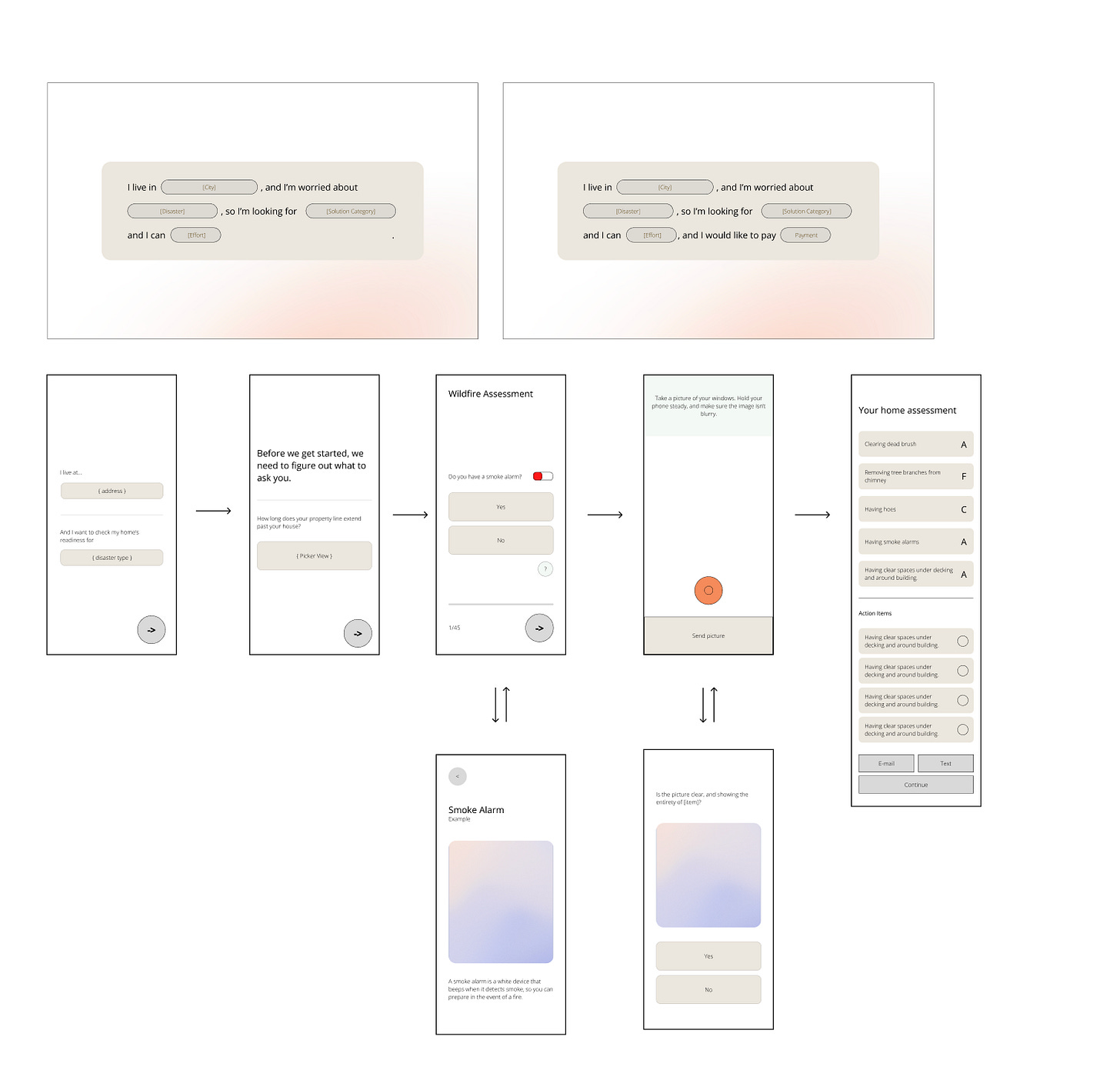
Got me psyched. Great problem breakdown.